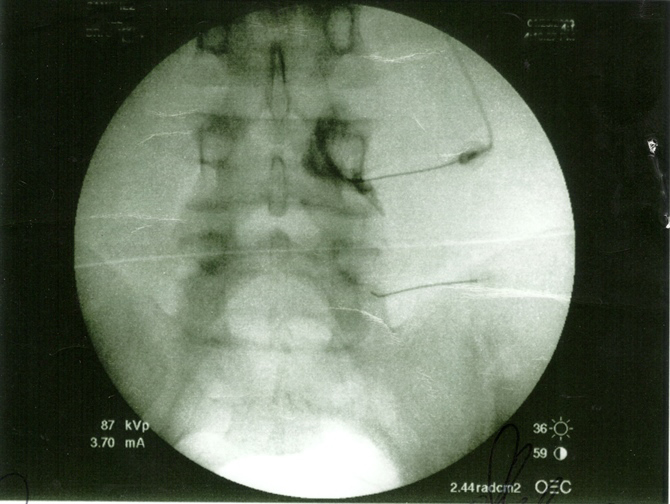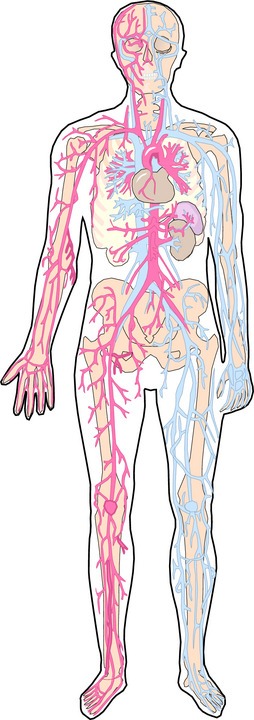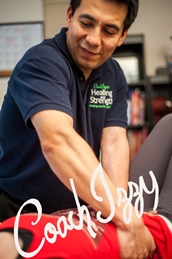
I have a Question for You
How Long have You Been Dealing with the Same Condition?
Probably a while! Perhaps something mundane put you in agony, or a minor discomfort grew out of control, or an old injury just won’t go away. Sounds familiar?
Maybe you were treated, or were given medications, or both. Alas, relief didn’t materialize.
I wish I could say your case is rare, but you are not alone.
Chronic Pain is Surprisingly Common!
The Chronic Pain & Fatigue Research Center in The University of Michigan reports that up to 60% of pain cases have no identifiable cause, even after extensive testing. Further, the research of the medical literature conducted by The Center for Neurosomatic Studies in Florida reports that up to 90% of painful conditions are classified as idiopathic, which simply means “I have no idea why you’re in pain.”
You think you must be doing something wrong and get mad at yourself …
Even Though None of This is Your Fault!
How could it when:
Rest assured you’re not at fault, and your condition continues being mystery because:
Mainstream Therapy Misses a Lot!
Allow me to give you an illustration.
Think of back pain. Who hasn’t dealt with back pain? Or at the very least known someone whose life was altered because of back pain?
You may be also familiar with the most popular diagnoses to explain back pain:
… And more!
Now, what do the above diagnoses have in common?
They all focus only on the spine!

It’s logical. Any of the aforementioned could cause significant pain, so the spine becomes the focus of the treatment.
But …
What If Treating the Spine Makes No Difference?
Hmm … the problem must be in the muscles then! After all, most folks with back pain have poor paraspinal and core strength, so the focus goes to the muscles.
We search for weak and tight areas and we target them with exercises and stretches. If we find trigger points, we eradicate them with deep manual work, foam rollers, tennis balls, or other devices.
But …
What to Do When Treating the Muscles Also Fails?
The head scratching begins. What did we miss?
A lot!
The X-rays, MRIs, and muscle tests may be correct, but that doesn’t mean they point to what's triggering the pain.
What’s even more concerning, is that mainstream therapy will continue the same treatment and not even consider other possibilities.
And This is a Crucial Mistake Because ...
There are many more structures that could be causing the back pain! There’s a lot more to back pain than the ambiguous pinched nerve.

Take for instance, the 2002 report by Doctor Robert D. Gerwin, Myofascial and Visceral Pain Syndromes: Visceral-Somatic Pain; published in The Journal of Musculoskeletal Pain. Doctor Gerwin analyses how dysfunctions in the viscera could be responsible for some of the most common pains, such as lumbalgia and sciatica.
The number of possibilities is even greater for Counterstrain Therapists. Well-trained Counterstrain Therapist know that back pain could be caused by fascial dysfunctions in:
… And more!
What’s even better is that a proficient Counterstrain Therapist won’t waste time guessing which structures are involved—our precise assessment allows us to find them in minutes.
I Know, It Sounds Far Fetched
I had the same doubts when I first heard of Counterstrain, back when I felt challenged by its anti-mainstream approach. But the results it produced could not be ignored, and it was results what I wanted.
Look, I’m not trying to convince you, or anything of that sort. I only want to share the thought process that allows me to help people regain their pain-free life.
It is Up to You Now
Whether you feel you could benefit from the power of Counterstrain is completely up to you. I have produced—and will continue producing—abundant and well-researched material to help you understand crucial but neglected information about the innermost works of our bodies.
And should you grant me the privilege of working with you, all I ask is that we communicate and that you commit to making a true effort. If you cannot help yourself in your healing journey, then neither I, nor anyone else, can help you heal.
Whatever brought you here, I wish you nothing but health, healing, and strength. I’ve personally overcome several episodes of disabling pain so I understand what you’re going through, more than you can imagine. It is my desire that you also experience the thrill of returning to the life and activities you thought you’d have to give up.
Until next time, may you enjoy a fit and pain-free life.

Author, Pain Therapist
Strength Coach, Speaker, and Educator